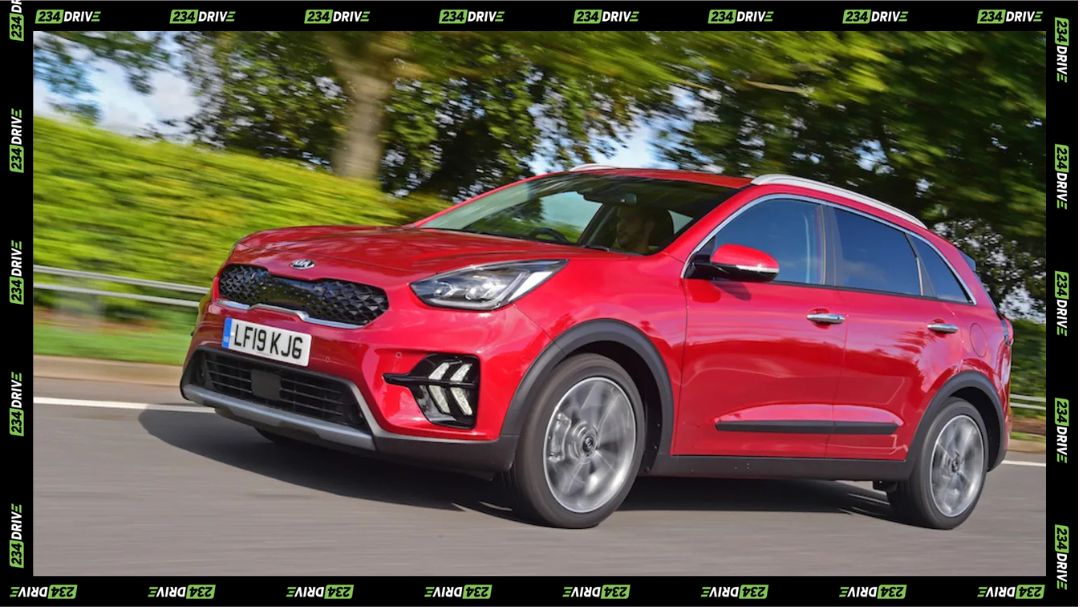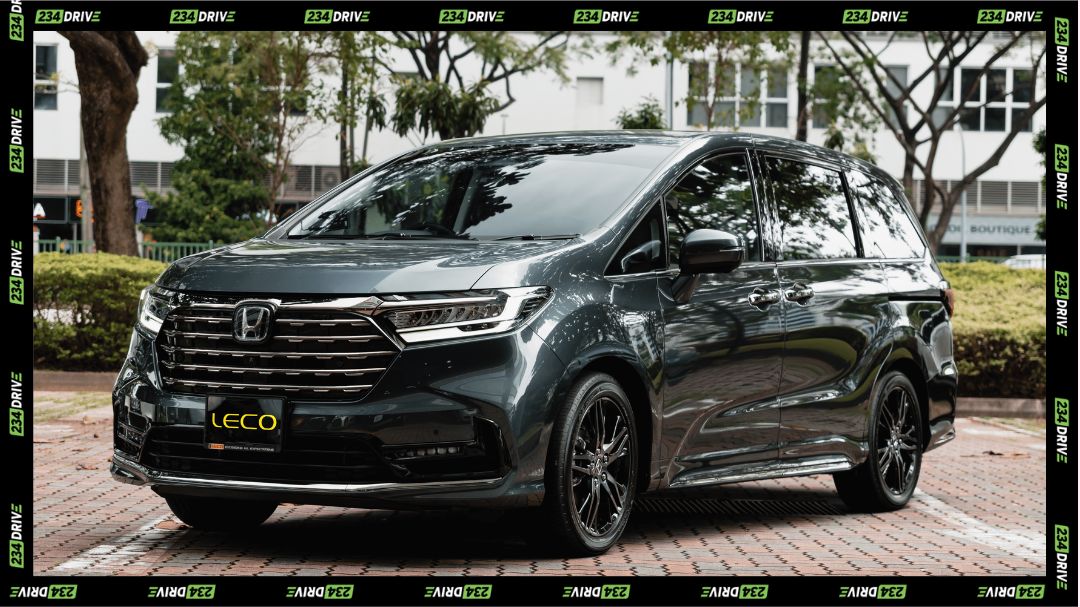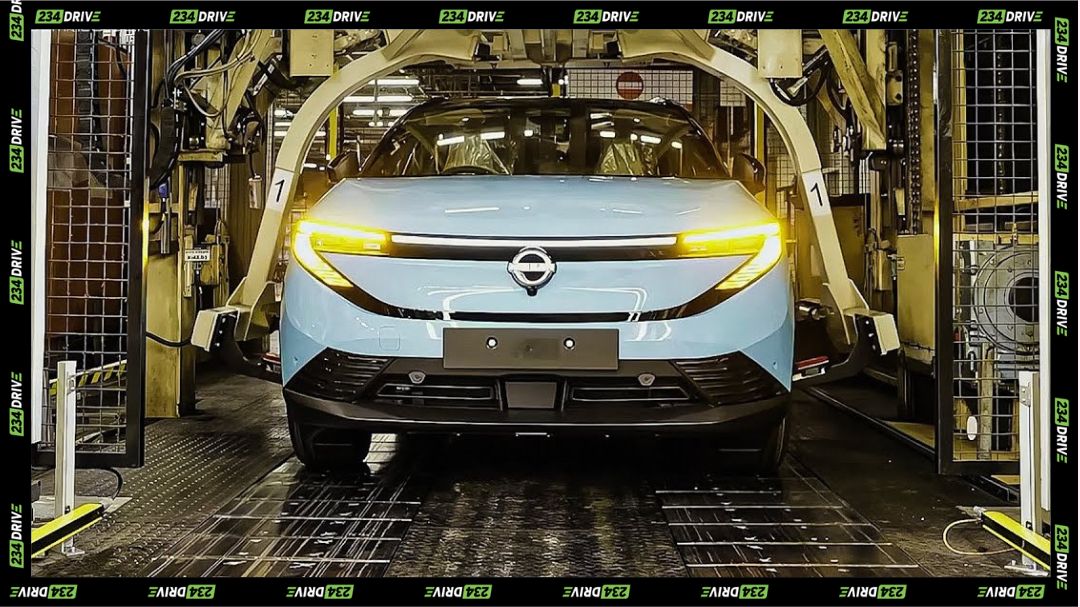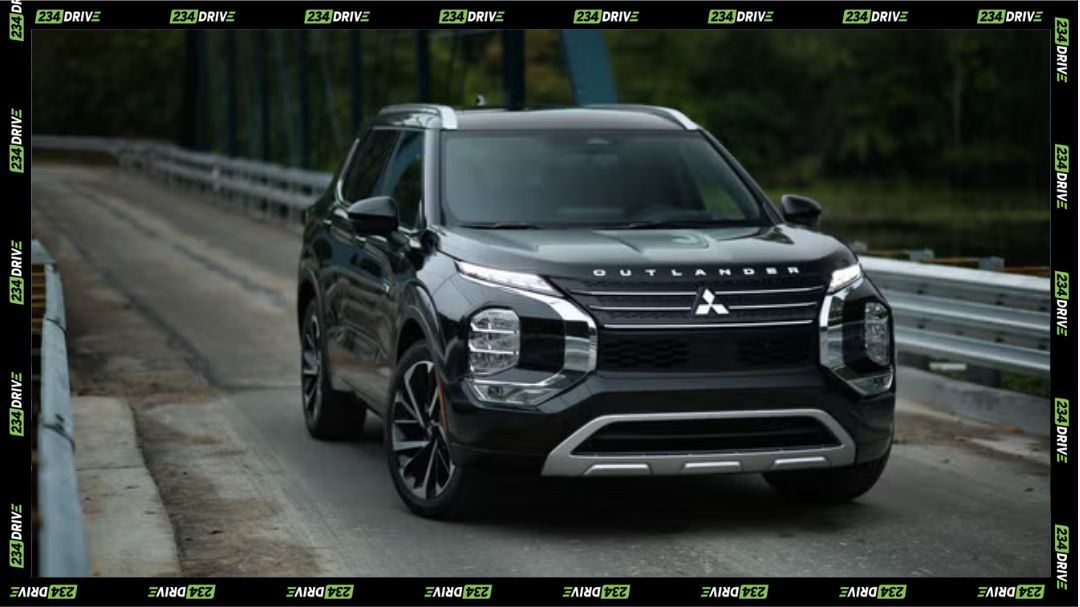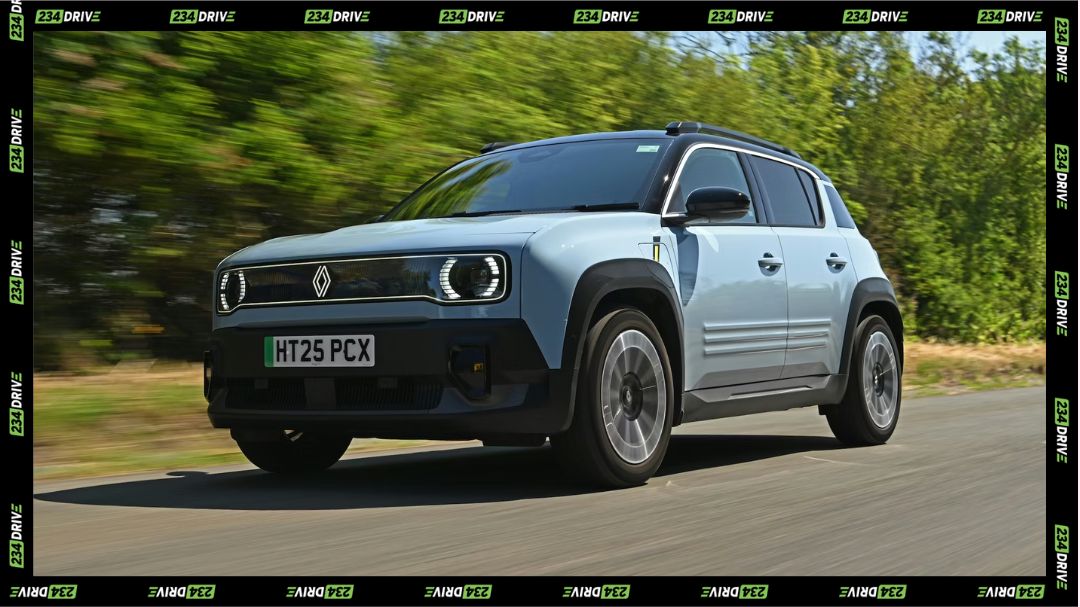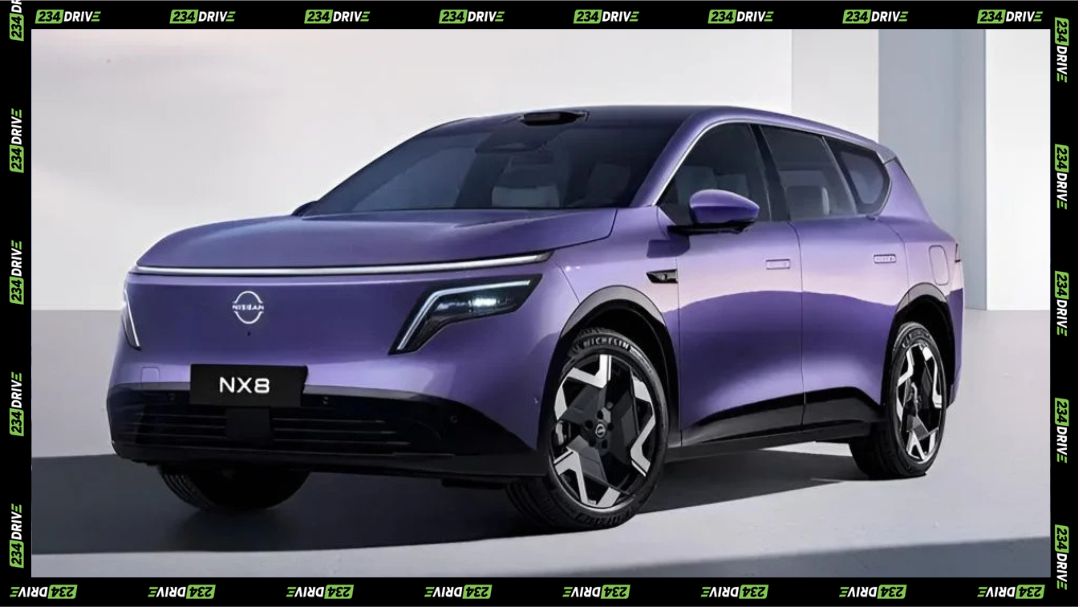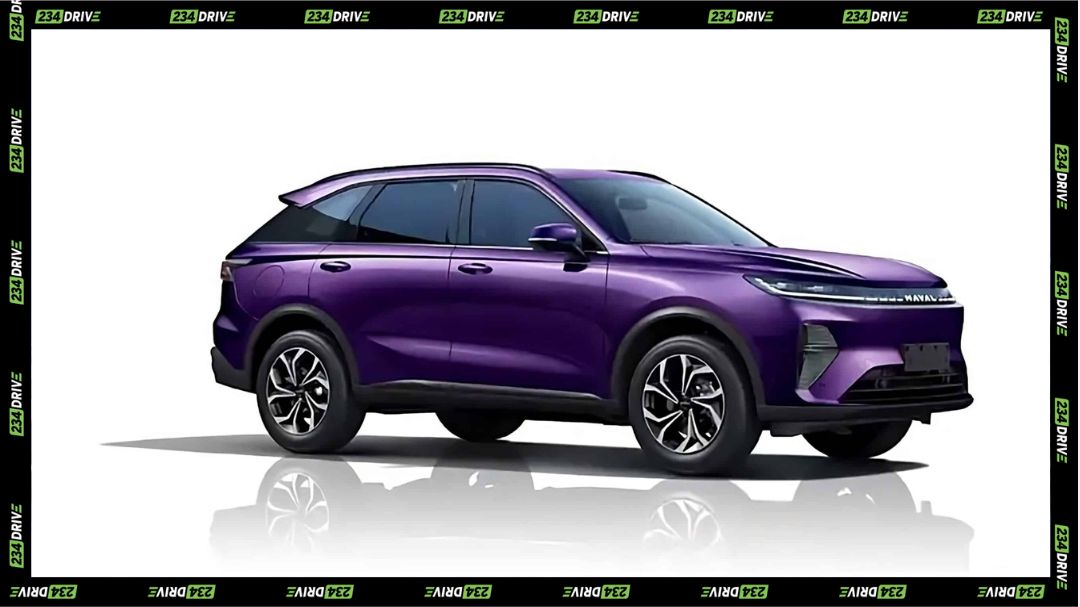The BMW i3, produced from 2013 to 2022, was BMW’s pioneering step into the all-electric market. Known for its futuristic design, eco-friendly interior, and urban agility, the i3 carved a niche as one of the earliest premium electric city cars. While discontinued globally, it continues to draw interest in the used market across Nigeria, where buyers seek affordable entry points into electric mobility combined with a taste of European luxury.
In Nigeria, the i3’s appeal lies in its low maintenance costs compared to petrol vehicles, sustainable materials and compact practicality for congested cities like Lagos and Abuja. Prices on the second-hand market vary based on age, mileage and battery health, but buyers remain cautious about long-term durability, high repair costs for major components, and the lack of dedicated EV infrastructure. This analysis explores its maintenance, design, performance and relevance in Nigeria’s driving environment while comparing it with rivals in its segment.
Maintenance Costs and Ownership
Routine maintenance for the BMW i3 is generally more affordable than traditional petrol-powered BMWs, thanks to fewer moving parts and the efficiency of electric drivetrains. Owners typically spend between $900 and $1,200 annually, covering routine inspections, tire rotations, and software updates. Regenerative braking reduces wear on pads, extending their lifespan, while the absence of oil changes further lowers recurring expenses. BMW originally offered complimentary maintenance for three years or 36,000 miles, which eased early ownership costs for new buyers.
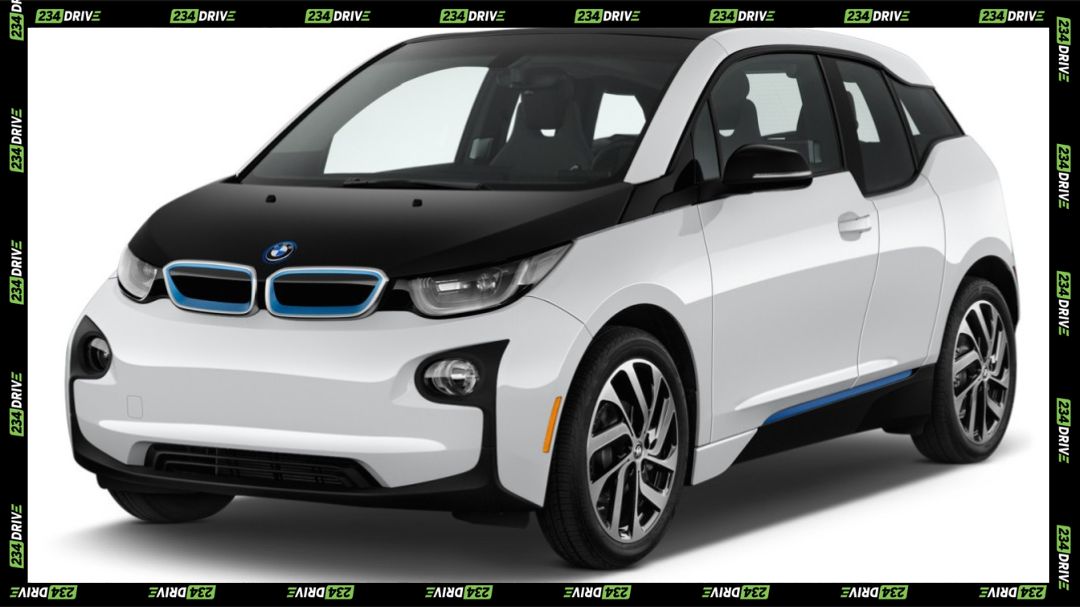
The largest potential expense comes from the high-voltage battery. Covered by an 8-year/100,000-mile warranty when new, battery replacements outside warranty can cost between $16,000 (about ₦24.3 million) and $30,000 (about ₦45.6 million) depending on condition and availability. In Nigeria, this cost is compounded by shipping and import duties on replacement parts. The 12-volt auxiliary battery, which powers infotainment and electronics, is less costly at about $200 (about ₦304,000) every 3–5 years. Tires, priced around $220 (about ₦334,000) each, also need periodic replacement due to Nigeria’s rough road conditions. Overall, while daily upkeep is relatively low, buyers must budget for high-cost risks associated with aging batteries and limited EV repair infrastructure locally. Owners rely on general mechanics or must import parts, increasing costs. Despite this, its prestige as a BMW enhances its desirability among younger professionals and eco-conscious buyers.
Exterior Design and Road Presence
The BMW i3 stands out with a carbon fibrereinforced plastic body, giving it a lightweight yet durable structure. Its compact length of just 157 inches makes it perfectly suited for city driving and tight parking spaces. The bold exterior features frameless suicide rear doors, a closed kidney grille for aerodynamic efficiency, and adaptive LED headlights. Its styling divides opinion—some see it as futuristic and eye-catching, while others find it too unconventional—but on Nigerian roads it remains distinctive.
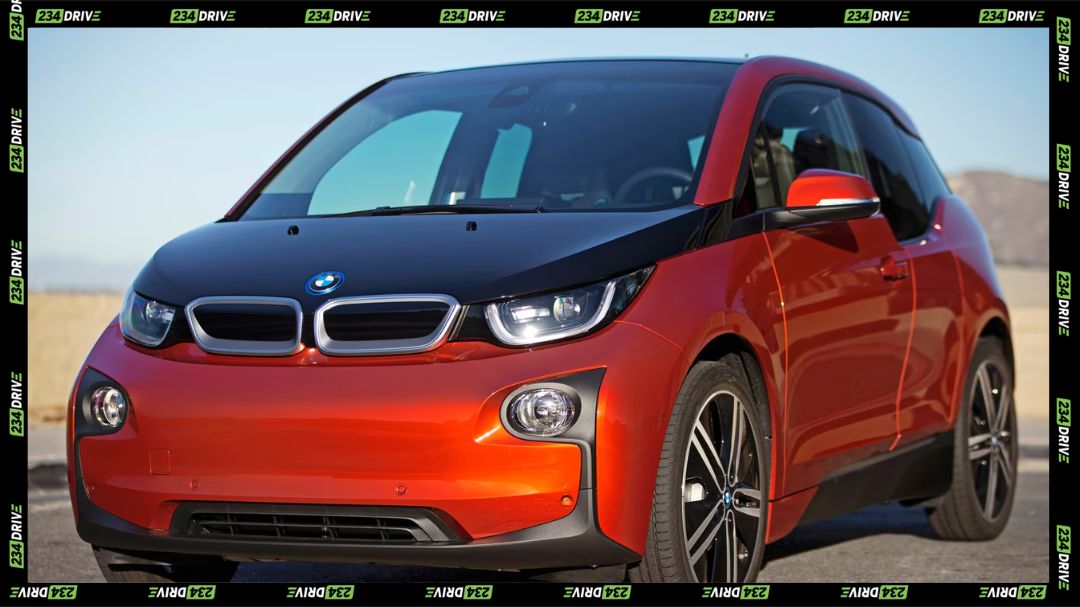
The aerodynamic shape enhances efficiency, supported by standard 19-inch wheels or sportier 20-inch alloys on the i3s variant. A low drag coefficient of 0.29 reflects its purpose-built electric design. Paint options and blacked-out trim add variety, while the wide-opening doors improve access for cargo or passengers, making it versatile for short commutes and errands.
Interior Comfort, Technology, and Performance
Inside, the i3 uses sustainable materials like hemp, recycled plastics, and wool blends, giving it a unique eco-luxury feel. Eucalyptus wood and leather accents elevate the premium experience. The cabin is airy, with large windows and an open layout aided by a flat floor. Front seats are supportive for longer journeys, though the rear remains cramped for adults, limiting family practicality. Cargo space is modest at 15 cubic feet but expands to 36 cubic feet with rear seats folded.
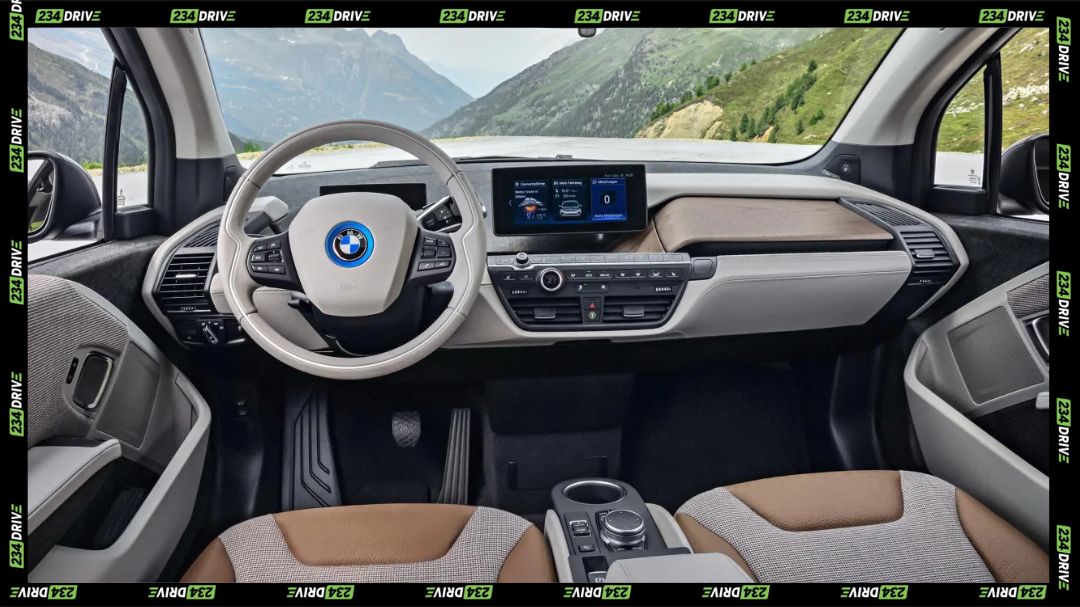
Technology includes the iDrive infotainment system, Apple CarPlay integration, and navigation with energy usage displays. A panoramic roof option brightens the cabin, while efficient climate control ensures comfort. Performance-wise, a rear-mounted electric motor delivers 168 to 181 horsepower depending on the variant, sprinting from 0 to 100 km/h in about 7 seconds. With instant torque and rear-wheel drive, the i3 excels in city traffic, though its highway ride can feel firm. Range averages 140–150 miles per charge, supported by DC fast-charging to 80% in 45 minutes.
Why the BMW i3 works for Nigerian Roads
The BMW i3 suits Nigeria’s urban lifestyle, where congestion, limited parking, and rising fuel costs make compact EVs appealing. Its small footprint eases navigation through crowded streets, while its efficiency lowers daily operating expenses. However, the limited 150-mile range restricts it largely to city commutes rather than inter-state travel. The absence of a robust charging network in Nigeria remains a challenge, though private home or office charging setups can offset this.
Climate considerations also matter. Nigeria’s hot weather can impact battery performance, reducing range if cooling systems are overworked. Maintenance availability is another hurdle, as no dedicated BMW EV service network exists locally. Owners rely on general mechanics or must import parts, increasing costs. Despite this, its prestige as a BMW enhances its desirability among younger professionals and eco-conscious buyers.
Comparisons with Rivals
Compared with rivals like the Nissan Leaf or Hyundai Kona Electric, the BMW i3 commands a higher price due to its premium badge and unique materials. While the Leaf offers longer range and wider global adoption, the i3 outshines it in luxury perception and sustainable interior design. Against the Kona Electric, the i3 falls behind in range but delivers superior agility in tight spaces and a stronger sense of exclusivity.
In terms of durability, the i3’s carbon-fibre body resists dents better than rivals, but costly repairs and limited local expertise reduce its resale value in Nigeria. The Leaf’s simpler design and broader parts availability make it more practical for long-term ownership. Nevertheless, the i3 appeals to those seeking a standout EV with prestige value rather than mainstream practicality.
Conclusion
The BMW i3 represents a bold experiment in electric mobility, blending eco-conscious design with premium execution. In Nigeria, it stands as a niche option, ideal for urban professionals who value sustainability, prestige, and lower daily running costs. Its limitations in range, rear passenger comfort, and local maintenance access mean buyers must carefully weigh ownership challenges. Yet as a statement of innovation and individuality, the i3 continues to resonate with forward-thinking Nigerian drivers. Would you consider the BMW i3 as your gateway into electric driving?


